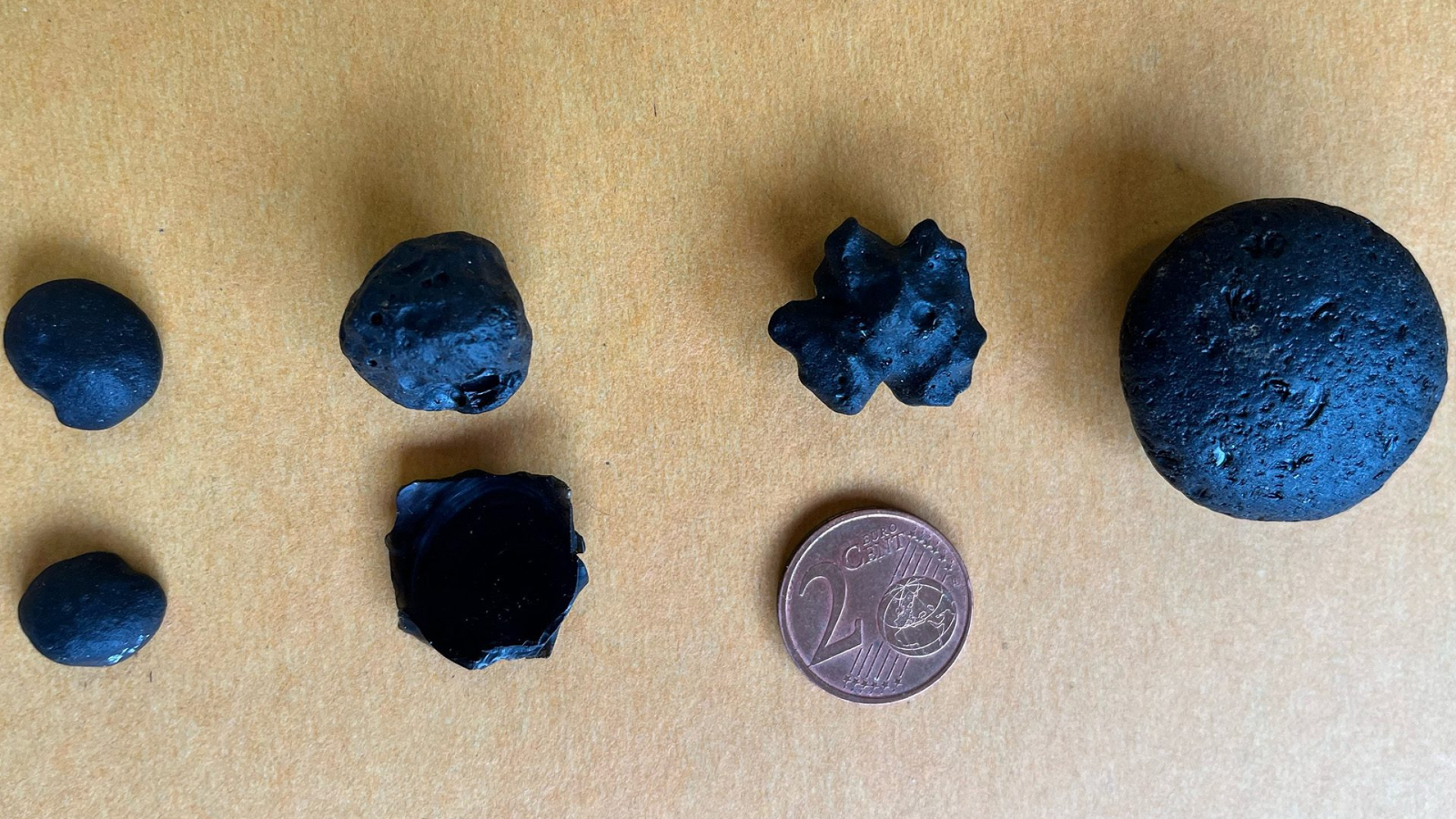
In today’s world, allergies are nearly unavoidable. For instance, a report from Stanford Medicine suggests that nearly 40 percent of the human population (over three billion people) suffers from at least one allergic condition, making allergies one of the most widespread health issues globally.
The situation is even worrisome in the US, where over 50 percent of all kids suffer from this problem. However, surprisingly, there’s one group in America that seems almost immune to allergies, the Amish. Compared to the earlier 50 percent figure, only seven percent of Amish kids have developed any allergic condition.
Moreover, “generally, across the country, about 8 to 10 percent of kids have asthma. In the Amish kids, it’s probably 1 to 2 percent. A few of them do have allergies, but at much, much lower rates compared to the general population,” Carole Ober, an expert on human genetics from the University of Chicago, told The Washington Post.
These numbers are so incredible that scientists are now digging deep into Amish barns and homes to understand how these children are being protected. They believe that their findings could lead to treatments that prevent allergies altogether.
The secret to allergy resistance in the Amish
Amish are a group of people in the United States and parts of Canada who live a very simple, traditional lifestyle and mainly rely on farming and livestock for their livelihood. They still ride horse buggies and typically stay away from modern gadgets such as TVs and smartphones. In recent years, the mystery behind the Amish resistance to allergies led scientists from several universities to compare the Amish with other traditional farming groups, particularly the Hutterites.
Both groups have similar ancestry and lifestyles. However, only Amish children showed extremely low allergy and asthma rates. This finding suggested that genetics isn’t the answer. Something else is at play here. So the researchers looked at how children in each group interacted with their environment. They found a major difference.
“The Hutterite kids and pregnant moms don’t go into the animal barns. Kids aren’t really exposed to the animal barns until they’re like 12 or so, when they start learning how to do the work on the farm. The Amish kids are in and out of the cow barns all day long from an early age,” Ober said.
When scientists analyzed dust samples from Amish and Hutterite homes, they discovered that Amish house dust had nearly seven times more microbes. To test whether this made a difference, they exposed mice to each type of dust. Mice that inhaled Amish dust showed much less inflammation in their airways when exposed to allergens.
Whereas mice exposed to Hutterite dust didn’t get that benefit. This strongly suggested that early, regular exposure to certain farm microbes trained the immune system of Amish kids to react calmly instead of aggressively to substances like pollen or food. This phenomenon is called the farm effect.

In a further study in 2023, scientists took it a step further and identified special proteins in Amish dust. These proteins act like transporters, carrying microbial and plant molecules straight into the airways, where they help regulate immune responses. In short, early exposure to the barn dust (farm effect) creates a shield inside the body, one that keeps allergy-triggering reactions from spiraling out of control.
“These clues about the origin of the farm effect represent a step toward the prevention of allergic diseases,” Kirsi Järvinen-Seppo, Chief of Pediatric Allergy and Immunology at the University of Rochester Medical Center, told The Washington Post.
Time to attack allergies before they appear
Today, most allergy treatments, like inhalers for asthma or antihistamines for hay fever, only manage symptoms. This is because they are typically administered after the allergy has already taken hold in the body. However, what we truly need is something that could prevent the onset of allergies.
Obviously, every household can not have a barn, but by studying the microbes responsible for the farm effect, scientists believe it is possible to replicate the protective effect of the Amish environment. For instance, they could develop proactive solutions, such as probiotics, nasal sprays, or even dust-derived treatments that train a child’s immune system in the early years of life.
“I don’t know that we can give every family a cow. But we are learning from these time-honored and very stable environments what type of substances and exposures are needed. Once we know that, I don’t think there will be any impediment to creating protective strategies along these lines,” Donata Vercelli, an expert in molecular biology at the University of Arizona, said.
The idea that something as simple as barn dust could protect millions of children is both fascinating and hopeful. However, to realize this at full scale, researchers now need to identify exactly which microbes and molecules provide the strongest protection, and they must ensure any treatment is both safe and easy to use.
Source link


